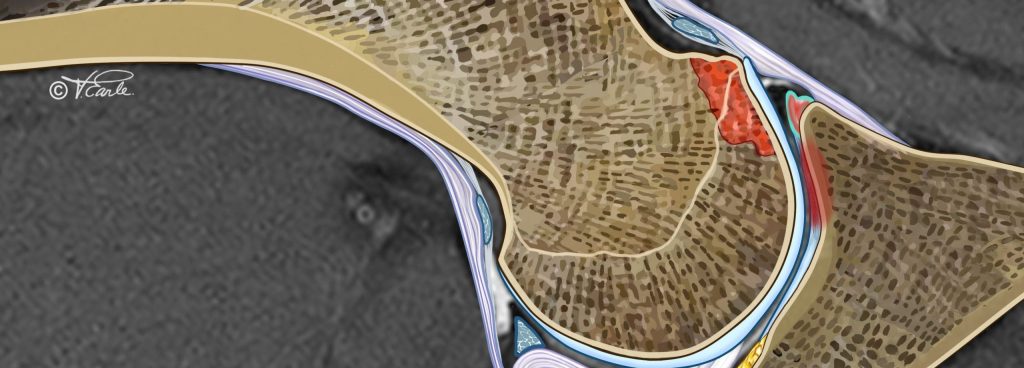Welcome to SIMPLI-FAI
SIMPLI-FAI stands for the Single-leg squat Movement Performance scaLe for Individuals with FemoroAcetabular Impingement syndrome.
This assessment tool was specifically developed and validated in collaboration with physiotherapists to provide a reliable and structured evaluation of single-leg squat performance in individuals with FAI syndrome.
By completing this assessment, you can gain valuable insights into the movement quality of your patient, identify areas that may benefit from targeted rehabilitation, and monitor progress over time.
About the Assessment
The single-leg squat is a functional movement that requires coordinated control of the hip, trunk, knee, and foot. Deficits in this movement pattern are common in people with femoroacetabular impingement and can contribute to persistent symptoms.
SIMPLI-FAI evaluates six key aspects of movement performance using a structured scoring system to help guide clinical decision-making and self-monitoring.
???? Ready to Get Started?
✅ How to Perform the Single-Leg Squat
Before you begin, please review the instructions carefully.
- Starting Position
- Stand upright with your hands resting on your hips.
- Lift the non-tested leg, keeping the knee bent.
- Squat Execution
- Slowly squat down until your tested knee reaches approximately 60° of flexion.
- Tip: If available, use a goniometer to check the knee angle. If not, approximate 60° by squatting until your thigh is halfway between upright and parallel to the floor. You can also place a box or chair behind you and squat until your hips lightly touch it.
- Maintain balance without letting the lifted foot touch the floor.
- Cadence
- Use a metronome set to 45 beats per minute to guide consistent movement speed.
- Recording
- Record the performance on video (e.g., using a smartphone on a tripod).
- Complete at least three repetitions, following the same cadence and depth.
???? Completing the SIMPLI-FAI Scale
Answer the six questions below regarding your movement performance. Each response contributes to your total SIMPLI-FAI score, reflecting overall movement quality.
- The SIMPLI-FAI scale consists of 6 yes/no questions that assess key elements of the movement: balance, fluidity, and control of the hip, knee, trunk, and foot.
- Based on the answers, a score from 0 to 8 is generated – where 0 indicates the poorest movement performance and 8 represents optimal movement performance.
-
Balance: Is the patient able to maintain hands on hips AND NOT touch the contralateral foot on the floor?
-
Fluidity: Does the patient present a continuous and fluid movement, without sudden accelerations?
-
Trunk control: Does the trunk excessively deviate or shift laterally?
-
Hip control: Does the patella pass medially to the second toe (knee valgus)?
-
Knee control: Does the knee swing side to side in an unsteady and repetitive way?
-
Foot control: Does the medial or lateral edge of the foot lose contact with the floor repetitively?

